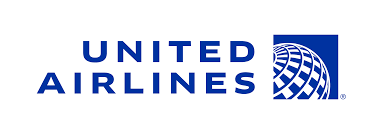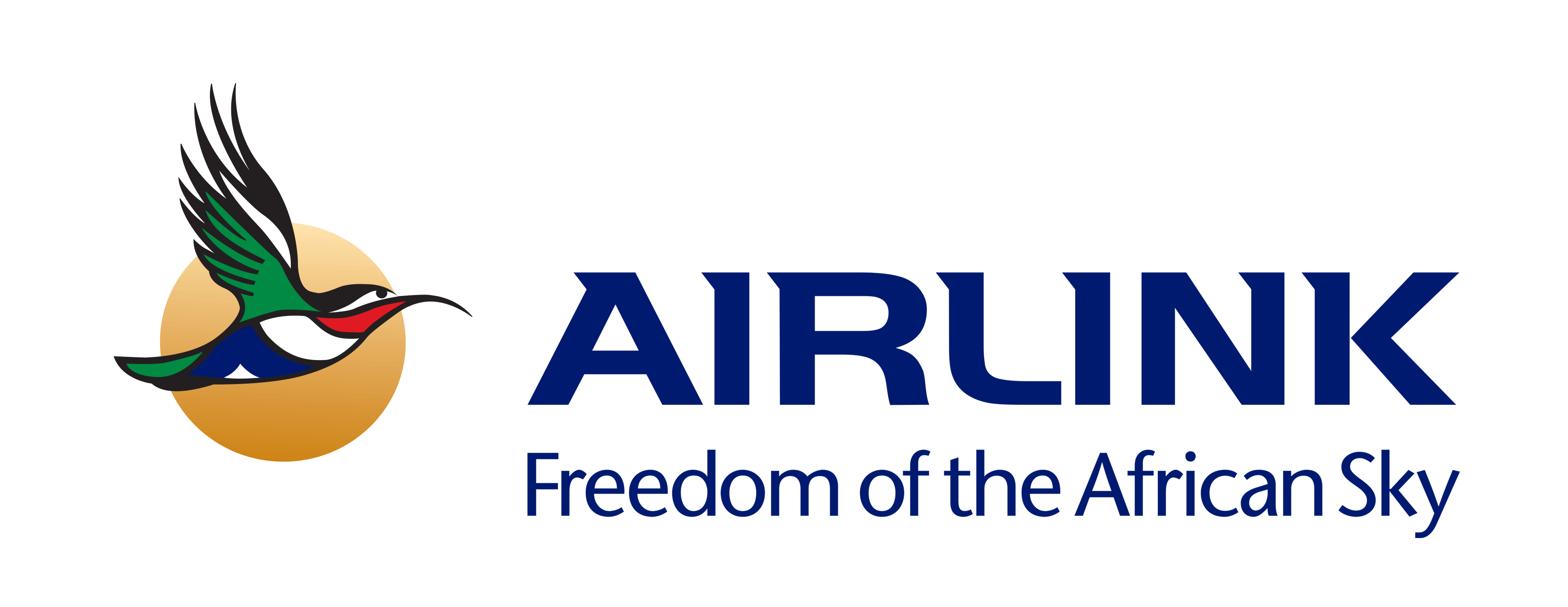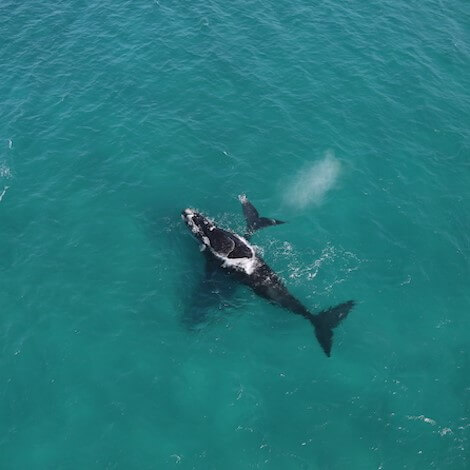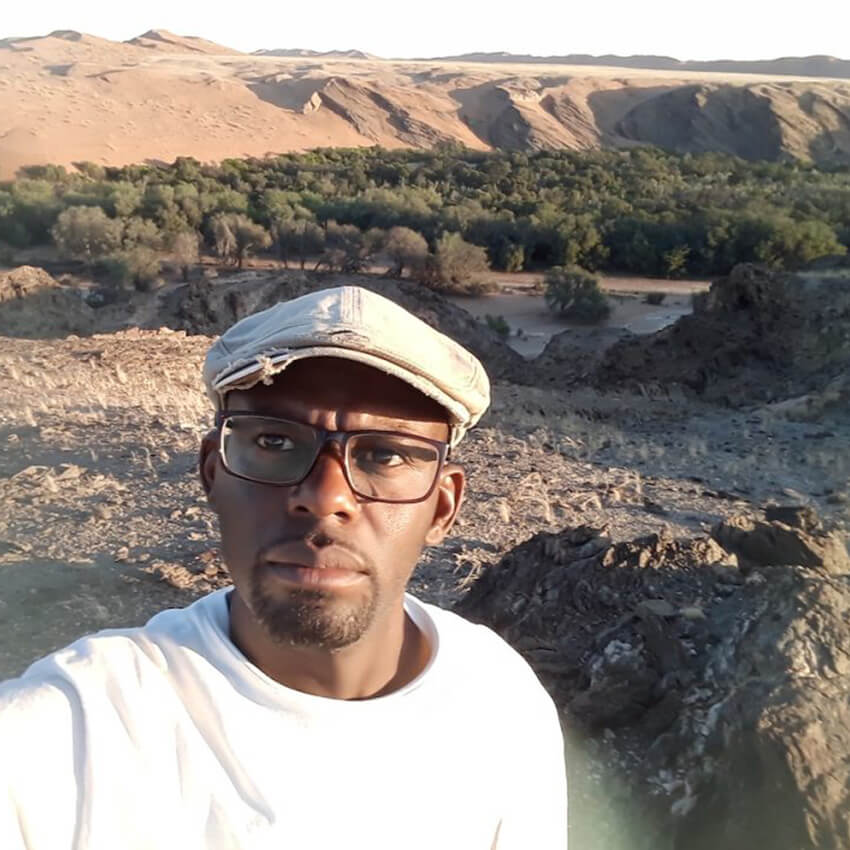Active
Popular
Meet Our Characters: Dennis Sizemore
 Scott Ramsay
Scott Ramsay
 April 20, 2020
April 20, 2020
Scott Ramsay sat down with Dennis Sizemore of Round River, to find our more about his work with us in the Makgadikgadi.
For 40 years, Dennis Sizemore of the American conservation organisation Round River has worked as a researcher, manager and fundraiser, in regions as diverse as Utah and Montana, as well as the Yukon and British Columbia in Canada, and Kunene in Namibia.
For the past 7 years, he has also worked in Botswana, where he and his team of local and international researchers are working with communities, government and safari companies. The challenge? To help solve some of the country’s most pressing conservation challenges, particularly human wildlife conflict, and to co-ordinate the establishment of a region-wide fund to provide financial benefits for local people living with wild animals.
How did a grizzly bear researcher from Montana end up in the Kalahari’s Makgadikgadi Pans? Can you give some context to your involvement with conservation in Botswana, and your association with Natural Selection?
From about 1998 to 2014, Round River worked with the Namibian government and local conservancies to help them with their land planning between Etosha National Park and the Skeleton Coast. During that time, I met Dave van Smeerdijk who at that stage was working for Wilderness Safaris in Namibia. He is now a director of Natural Selection.
Along the way, some folks in Botswana heard about Round River’s work in Namibia, and in 2012 I was asked by Botswana Wildlife and National Parks and the Okavango Research Institute to come to Maun and present our research in the Kunene Region. That conference triggered our work in Botswana, which we started in earnest in 2013.
What does Round River’s work in Botswana entail?
The first is working with selected communities in the Delta, to assist them with game monitoring responsibilities, while also finding ways for them to live more easily with – and gain benefits from – wildlife.
Cosmos Rathipana is the co-ordinator of the team in the Okavango. Before he joined our team, he worked for Botswana’s Department of Wildlife and National Parks, mostly with communities, where he’s highly respected. Kaggie Orrick from Yale University is leading our community research in Makgadikgadi region.
Cosmos and Kaggie are working with local people to assess the levels of conflict with potentially dangerous or destructive wild animals, and to figure out how best to mitigate the conflict and promote co-existence.
The second is assisting communities with wildlife monitoring, in the Khwai, Sankuyo and Mababe areas. We have teams comprising both foreign and local researchers doing transects and counting animals. Cosmos and Genifer Lara run the wildlife monitoring teams.
Then our third focus – and this is a big one – is establishing a community trust fund called the Botswana Conservation and Community Trust. The idea is that the fund will perpetually pay for the work that is required to help local people better live – and benefit from – wild animals.
Usually, conservation funding comes in pulses of a few years. Funding comes in, work is done, reports are written, and then after a while, everything goes back to square one.
There often isn’t a holistic goal, or any continued progress. So we’re hoping this proposed perpetual fund can give communities long-term incentives and benefits to live with wildlife, not just in the next five years, but for the next few decades at least.
Simply put, the fund will support local people in northern Botswana to benefit from living with wild animals.
Botswana’s success in wildlife conservation has brought other challenges. There is an increasing number of elephants in the country, for instance, as well as ever-increasing human and cattle populations. Conflict is inevitable. How do you go about doing your work in such a way that balances the needs between the two?
I’m always amazed by the communities in Botswana. We’ll typically have a meeting in a village under the tree, and there’ll be elephants walking through the village, yet no-one is really concerned. In Utah in the USA, where I live, people shoot at the first sight of a coyote. Their fear is that high.
People in Botswana have been living with wildlife longer than anyone in the world, probably 60 000 years or more, but a lot of the causes of the issues today were instigated during the colonial period.
For example, fences were erected, grazing patterns for cattle were forced to change, land use methods were altered, and the culture of the people changed with it. The point is, local Batswanans are tolerant of wildlife generally, but with more wildlife re-appearing in some areas, they need meaningful benefits to be incentivized to live with it.
For instance, elephants are coming in greater numbnres into the western part of the Makgadikgadi, near the Boteti River. If you speak to the elders there, they never saw an elephant until the early 2000s. Now there are breeding herds in that area, which was unheard of 20 years ago.
Some of the guys who work for us grew up in the Delta. They’re in their 50s now, but as children they rarel saw an elephant. Back then, lions and Cape buffalo were the danger. Now elephants are the big concern.
Of course, the safari industry benefits not only from elephants but other wildlife as well. These same companies benefit from – and their success is partly dependent on – the tolerance of local people to wild animals. So communities are entitled to benefit too from the wildlife.
We need to give communities the power to think long-term, to bring them onto the side of conservation. In fact, we have to get rid of the idea of “sides”. There are no sides in conservation. We’re all in it together – safari companies, hunting companies and local people.
You mention that one of your goals is to help establish a community trust fund that will incentivize local people to benefit from wildlife. What’s the potential size of the fund required, and where will the money come from?
We haven’t determined how big the fund needs to be, and that’s our goal for next year. But because of the relatively low human population in Botswana, even a relatively small fund can make a big difference.
We’re copying the Natural Selection model, and asking local companies to contribute, to give back some of their revenues into the fund. We’re also talking to a number of foundations in the USA and Canada, and they are willing to contribute as long as local companies contribute too.
Some local safari companies are excited and some not so, at least so far. Now we’re at the stage where we formally starting the trust, led by some Batswanan community leaders.
We’re currently producing a more-complete proposal, and then we’ll go back to the safari companies again, to see who will support the fund. After that, we’ll go back to the foundations in the USA and Canada.
We are hoping that the safari operators will realize the value of a holistic solution, otherwise they’ll eventually go out of business too. People are paying extremely large amounts of money to see wildlife, and if there’s no wildlife, tourists will most likely stop coming to Botswana.
Another point worth remembering is that local people in northern Botswana are generally poorer and not as well off as those in the south. And while the north has a booming safari industry, a lot of the profits are leaving the country as the industry is largely controlled by foreign shareholders.
How do we ensure that an appropriate share of this money flows back to the local people in northern Botswana who live in poverty, yet are expected to live with more wildlife? The safari companies have to adopt an ethical, holistic, long-term view to be true conservationists. They need to support the bigger picture.
You’ve established similar funds with communities elsewhere in the world, specifically the Yukon in Canada, British Columba and in Mongolia. Can you give an example?
Round River worked in the Great Bear Rainforest in Canada’s British Columbia. There are 23 tribal villages on that coast, each with their own territories. At one stage, the logging rate on that coast was greater than anywhere in the world.
Trees that were 400 years old were being felled all over the place. We, with many partners, helped establish a US$120-million-dollar fund for those communities.
Round River did the analysis and mapping with the communities to determine which areas were most important from a conservation perspective, and as communities agreed to protect them, financial incentives followed.
In another area in British Columbia, where only a few hundred people live with 2,5 million hectares of wilderness, a much smaller fund fulfills the same role, and includes a guardian team that protects the wildlife and natural resources.
Botswana’s landscape is typical of a Southern African country, with wildlife areas interspersed among communities, livestock and subsistent crops. This presents a different challenge to areas like the Yukon, surely?
Sure, if wildlife is going to survive here, we can’t just focus on one area. There needs to be co-operation and agreement cross the whole region.
In northern Botswana, wild animals need the ability to move seasonally, and to mix easily, for genetic health. And with climate change and increased human pressures, this need will only become more important. It’s critical that community solutions are applied to the whole of northern Botswana, and not just in areas where there are safari lodges.
Lots of safari companies are doing great things with the communities that they lease their land from. But nothing happens next door on land where another community has no lease with a safari company. Yet the animals are using both those conservancies, they’re moving across both pieces of land.
So on one piece of land, the locals are incentivized to protect the wild animals, yet right next door, the community couldn’t care less because they’re receiving no benefits. That’s where the current model breaks down.
What are some of the specific community benefits and solutions that the fund would pay for?
First, it’s critical that we first ask local communities what they actually need.
It might be training to help with more productive agricultural methods, or herding and kraaling their livestock better. It might be building bomas for their cattle to keep them safe from lions, or solar panels and electric fences for their crops to keep elephants out. It might be scholarships for promising students.
There are no limits to it. Most importantly, each community needs to tell us what is most needed.
The next important step is to propose the fund concept to the communities, to ask them if they want it. Then they need to identify the regional leaders to be part of the decision making process. If communities want it, then government and companies will come on board hopefully.
The zebra and wildebeest migration in the Kalahari is slowly making a comeback. Can you give some context on its historical – and current – range and extent?
I haven’t found any scientific data, but based on anecdotal evidence before the vet fences were erected, it was probably as big, if not bigger than the Serengeti migration, which is over a million wildebeest and 300 000 zebra. There’s a paper from 1975 that talks of single wildebeest herd of over 100 000 in central Kalahari.
When the veterinary fences were built, the migration collapsed progressively, especially the wildebeest.
But what’s fascinating is that, with the removal or disrepair of the fences, the zebras and a few wildebeest have started moving again, even though they hadn’t been able to migrate for 40 years. Now the zebra migration from Chobe down to Nxai Pan is the longest land mammal migration on the continent, over 500 kilometres.
Some scientists reckoned the zebras had a genetic memory of the routes, others reckoned it was their ability to smell rain and water. It doesn’t really matter of course, as long as they’re migrating again.
The driver of the migration is the nutritious grasses on the edge of the huge pans, where there are plenty of minerals in the soil. The grazing there is so much richer than the Delta, where grass is full of moisture, but low on nutrition. So the wildebeest and zebra can get two to three times as much nutrition from the same volume of grass on the pans. Those increased nutrients allow them to have more young.
What are the main routes they’re using?
Basically the whole of northern Botswana is one big movement area.
In addition to the Chobe and Okavango migrations to the Pans, animals move from Hwange in northwest Zimbabwe to Makgadikgadi, from Namibia to the Delta, and every other which way.
An important one we are focues on is from Central Kalahari Game Reserve to the pans. This may be the hardest to re-establish, because that’s where most people in northern Botswana live, both in communal and commercial farms. But for the long-term health of the region, it may be the most important.
In North America’s Alaska and Yukon, where I’ve done a lot of work, the barriers are natural, like mountains, glaciers and rivers.
But in Botswana, it’s very flat and permeable, so the main barriers are man-made things like fences, roads, towns and cattle posts. Human tolerance levels are another barrier. The more tolerant the people, the less of a barrier it is to wild animals.
The vet fences that were erected from the 1950s onwards destroyed much of the wildebeest and zebra migrations, and they continue to be a politically divisive issue. What role do they play now, and are they still effective?
The big fence that runs across the centre of the country supposedly keeps the southern ranches free of foot-and-mouth disease, and this beef can be sold easily.
So at the moment, the beef market favours the cattle ranches in the south of the country. Cattle north of this so-called “red-line” fence are excluded from markets because of the perceived threat of the disease.
But the vet fences aren’t really effective anyway. Firstly, they are hardly ever repaired, especially now that elephants are knocking them down all over the place. And importantly, a fence doesn’t stop foot-and-mouth disease from spreading anyway. That’s been demonstrated many times over. They simply don’t work.
So it’s largely a political issue. Above all, there needs to be a change in perception about the vet fences, and how the beef industry in Botswana operates.
It’s worth remembering that countries north of the fence line – Zimbabwe and Zambia for instance – are already selling their beef into international markets anyway, so there’s no logical reason for keeping the fences in Botswana.
Are there other important issues that will affect the restoration of the migration to its former glory?
The building of bore-holes is an important issue. Safari lodges and camps are drilling boreholes wherever they put a camp, so that animals will come to drink and tourists can see them.
But the grasses in the Kalahari have evolved for short-term grazing only, especially in the Makgadikgadi. It’s a seasonal landscape. The more you hold animals in a particular place, the more you’re destroying the grazing potential for next season. And when you there is a drought, you’ve got no grass, and there’s a dead zone around every waterhole.
Animals then have to walk further and further from away from water to get their nutrition, and that’s potentially disastrous for animals like wildebeest and zebra. Bore-holes have potentially destructive impacts on a landscape like the Kalahari.
Is it possible to restore the migration to its former levels, such that it once again rivals the Serengeti migration?
Sure, it’s certainly possible if we all work together. But one has to be an optimist working in conservation.
If conservation of wildlife can’t work in Botswana, with the second-lowest population density in world, if all that life can’t be conserved here, then why the heck are we trying anywhere else? If we can’t look after this particular jewel on the planet, then there’s not much hope for anywhere else.
You’ve been coming to Botswana for several decades. What impression did the country make on you, and what changes have you seen since your first visit?
I have made more than 40 trips to Botswana, but my first was with a very close friend who worked in Botswana.
He told me not to go. He said, “Once you go, it’ll mess you up. Once you’ve seen it for yourself, all you’ll ever want to do is go back there again and again.”
And he was right. We drove from Windhoek into Maun, and then into the Delta and set up camp. There were lions and hippos walking past our tents every night. There was just so much life.
I grew up in Wyoming, which has the lowest human population density, and the most wildlife in the contiguous USA. There are big herds of pronghorn, elk and deer, and I thought I’d seen big numbers of wildlife. But Botswana’s richness of wildlife floored me. I was blown away.
Over the years, however, it’s become dramatically less rich. I have friends going to Botswana recently for the first time and it still makes a big impact on them.
But the baseline has shifted. Because there’s still a lot of wildlife, there’s this impression that everything is ok. But everything is not ok. The trend line is currently going down.
And the big reason is that the Okavango Delta is getting gradually cut off from surrounding areas. It’s slowly getting isolated.
Countries like Angola and Zambia are losing natural land to development, and so animals in the Delta have fewer and fewer options these days to move out when they need to, into safe areas. The regions to the north of the Delta are quickly being depleted more and more.
Fortunately in Botswana, there is an opportunity to help re-establish options for wild animals into the north, west, east and south of the country.
Interview and images by Scott Ramsay
www.scottramsay.africa
Special Offers
Our special offers are designed to help you experience everything southern Africa has to offer whilst also saving some all-important pennies. Whether you’re about to embark on a once-in-a-lifetime solo trip, or are celebrating a special occasion, have a peek at our offers and see what could be in store for you.
























